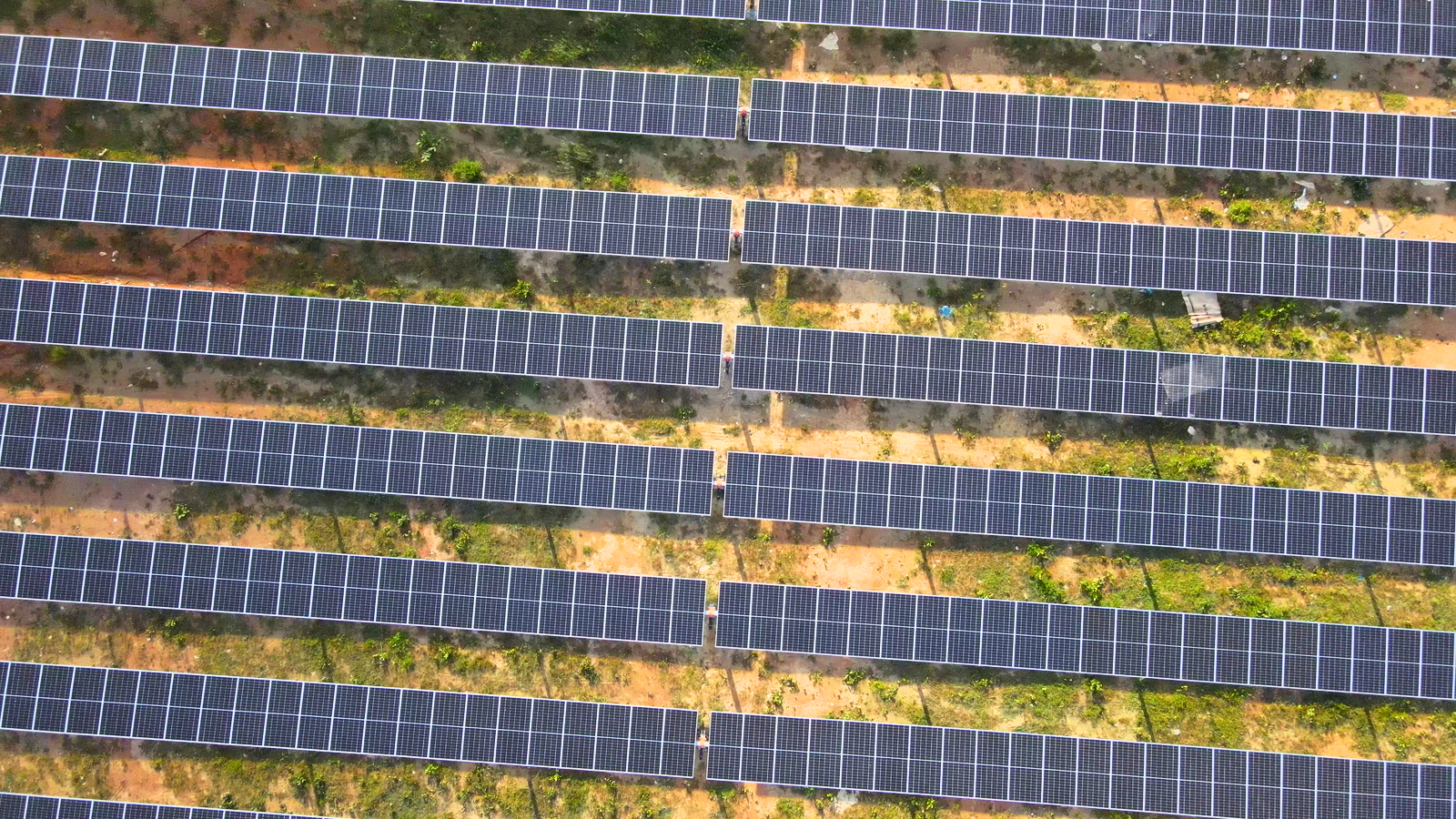There is no doubt that climate change is the defining issue of our time. Again and again, we see the devastating effects of heat-trapping greenhouse gases on our planet and people, especially across Asia and the Pacific.
In just the past 12 months, there have been historically devastating floods in Pakistan, extreme drought in the People’s Republic of China, and intense typhoons in the Philippines. These disasters, and others like them, have impacted hundreds of millions of vulnerable people, irreversibly changing lives and livelihoods.
Cambodia, too, is no stranger to the ill effects of climate change and remains one of the most climate-vulnerable nations in the world. From uneven rainfall that affects rice yields, to extreme temperatures that hamper worker productivity, to flooding and drought that overwhelm infrastructure, climate change is impacting Cambodia’s economic and social development. This was the case just a few months ago when flooding across the country led to a tragic loss of lives and the displacement of thousands of people, while also damaging and destroying infrastructure.

There’s no one-size-fits-all solution to combatting climate change. Rather, what’s most important is the will and commitment to take a range of bold and urgent actions.
As United Nations Secretary-General António Guterres rightly said at the COP27 climate conference last November, our planet is in the emergency room, and it will remain there unless we drastically reduce emissions and increase our focus on building resilience and adaptation to climate change. While Cambodia is not a major emitter of greenhouse gases, it is a call for action that all countries must heed, regardless of size, wealth, or historical carbon footprint. And while it’s certainly not easy for countries to balance the need for emissions reductions, economic growth, social justice, and climate resilience, it’s a tightrope they must walk to realize adaptive and resilient development.
The situation in Asia and the Pacific is severe. The region produces over half the world’s greenhouse gas emissions, with a heavy emphasis on fossil fuels like coal and oil. And the unfortunate truth is that with hundreds of millions of people in the region still lacking access to electricity and clean cooking fuels, the demand for energy will only grow.
ADB applauds the Cambodian government’s efforts to decarbonize under its Long-term Strategy for Carbon Neutrality and its commitment to reduce greenhouse gas emissions by nearly 42% by 2030. In the decade prior to COVID-19, Cambodia was one of the fastest growing economies in the world, leading to a fourfold surge in demand for energy. In response, the government made the decision to look beyond dirty fossil fuels and build access to reliable, renewable power like solar.
This was a good business decision which can also be good for the planet. It reduced Cambodia’s reliance on costly energy imports while putting the country on a path to lower carbon emissions in the energy sector by as much as 16% by 2030.
ADB has been a staunch partner of Cambodia in its efforts to expand energy access for all. As a multilateral development bank dedicated to building a prosperous, inclusive, resilient, and sustainable Asia and the Pacific, ADB supported the Cambodian government in increasing household access to grid electricity from 17% in 2008 to nearly 90% in 2021, while also helping reduce electricity costs nationwide.
Now this partnership has expanded to energy transition. ADB was Cambodia’s first development partner to fund a 10-megawatt grid-scale solar farm in 2016 and next worked with the national power utility Electricite du Cambodge to construct a 100-megawatt National Solar Park in Kampong Chhnang province along with a transmission system that connects to the national grid.
The National Solar Park has the potential to be a game changer in Cambodia’s shift to green and affordable energy. What’s most exciting is that it demonstrates the potential to develop large-scale solar power in Cambodia in a cost-effective manner by mobilizing both public and private resources.
It’s welcome news that the solar park had its first private-financed plant go operational late last year, with 60 megawatts of power connecting to the national grid. This achievement raised the share of solar in Cambodia’s total energy generation mix to 10%, with more to come.
There’s no one-size-fits-all solution to combatting climate change. Rather, what’s most important is the will and commitment to take a range of bold and urgent actions. ADB takes this challenge seriously and is committed to working with its developing member countries in our collective efforts to tackle climate change. And we are privileged to have a partner in Cambodia, which has shown a strong commitment to fight for a carbon neutral future.
Source:The Asian Development Bank (ADB)